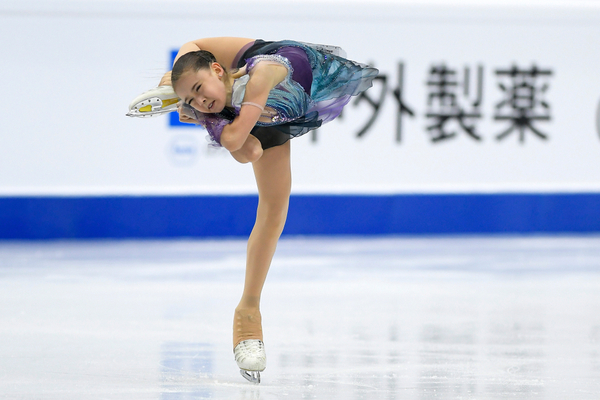By now you’ve no doubt heard about the doping controversy surrounding 15 year-old Russian ice skating phenom Kamila Valieva at this year’s Winter Olympics. It’s pretty much all anyone was talking about during the games. Hers, and other recent high-profile athlete substance controversies as with American Sha’Carri Richardson have left many people wondering what these drugs do exactly, why they’re banned, and what should be the penalties for athletes who test positive for them.
Elite athletes competing at the Olympics and other international sporting events are banned from using certain medications and drugs, on the grounds that they may present safety risks, give unfair advantages, or violate the “spirit of sport,” according to the World Anti-Doping Agency (WADA).
Hundreds of substances are on the banned list, with widely varied reasons for prohibiting them. Major categories of banned drugs, like stimulants, anabolic agents, and metabolic modulators can affect athletic performance by accelerating muscle gains, improving blood flow, and boosting endurance and focus.
Here is the rundown on six categories of “performance enhancing drugs,” what they do, and why they’re banned.
Anabolic steroids offer an edge in muscle and strength gains
Certain banned substances are designed to be used prior to competition, not during the event itself, to help athletes build muscle more quickly. Known as training drugs, the category includes anabolic steroids, a wide range of synthetic forms of the human hormone testosterone that help prompt the body to pack on muscle to become bigger and stronger, according to the Mayo Clinic.
Growth factors help protect muscle and connective tissues
Growth factors, like human growth hormone (HGH), also aid in building muscle and connective tissue, like ligaments and tendons, and help protect them from breaking down during intense exercise. Nigerian sprinter Blessing Okagbare was barred from the 2021 Toyko Olympics after testing positive for growth hormones.
Peptide hormones boost red blood cells
Included in the same category as growth hormones are peptide hormones like erythropoietin, which help the body produce more red blood cells and more effectively oxygenate the muscles. By making more oxygen available, the drugs can help improve endurance. Using peptide hormones for a competitive edge is known as “blood doping,” says Dr. Charles Yesalis, professor emeritus of health and sports science at Penn State.
Hormone and metabolic modulators like trimetazidine can make the body more efficient and fatigue-resistance
Another class of drugs called hormone and metabolic modulators can speed up or slow down certain chemical reactions in the body. They’re considered performance-enhancing because they can help delay exhaustion for athletes in endurance sports or improve efficiency.
Trimetazidine, for instance, is a medication used to treat angina (chest pain from reduced blood flow), which works by making the heart more efficient without increasing heart rate or blood pressure. It’s been involved in several Olympic controversies — most recently, 2022 Russian figure skater Kamila Valieva tested positive for trimetazidine, losing her chance at a medal despite being allowed to compete.
Stimulants like cocaine and amphetamines enhance energy, speed, and reaction time
Stimulants include drugs and medications that ramp up energy and attention. They can benefit athletes by keeping athletes alert and focused during competition as well as improving blood flow and reaction time, according to the Mayo Clinic.
Illicit drugs, like cocaine and methamphetamine as well, as prescription drugs like Adderall (without a medical exemption) are included in the banned stimulant category. Caffeine, the most popular performance-enhancing (and psychoactive) drug in the world , was also banned at the Olympics until 2004 for its stimulating effects, the Chicago Tribune reported.
THC, the active ingredient in cannabis, is a ‘gray area’ of performance enhancers
Cannabis has been banned in the Olympics for two decades, along with any products containing its active ingredient, THC. However, experts have called THC a “gray area” when it comes to performance enhancing drugs. The substance is primarily used to promote recovery and relieve pain, according to Yesalis. Another component of cannabis called cannabidiol or CBD, was removed from the banned substances list in 2019. CBD is linked to many of the same pain relief and relaxation effects as THC, without the psychoactive effect or “high.”
—
Photo Credit: abozzi tonello / Shutterstock.com
